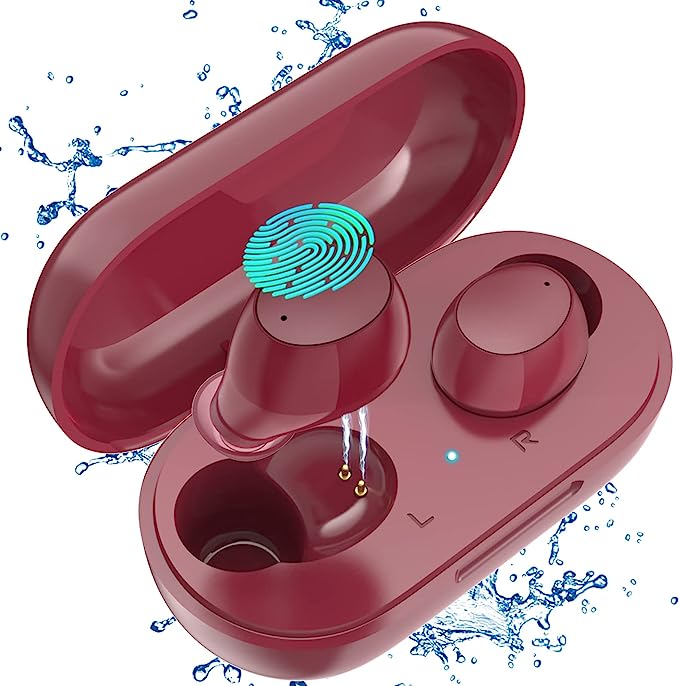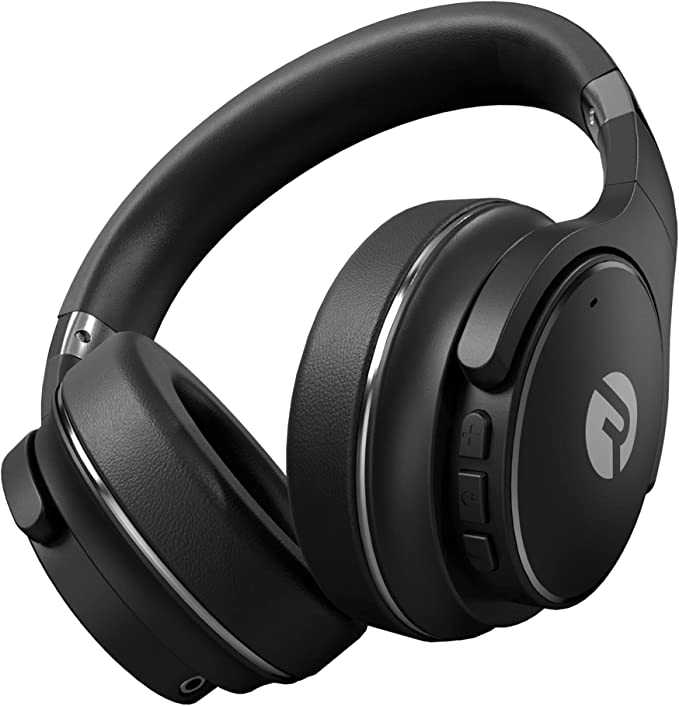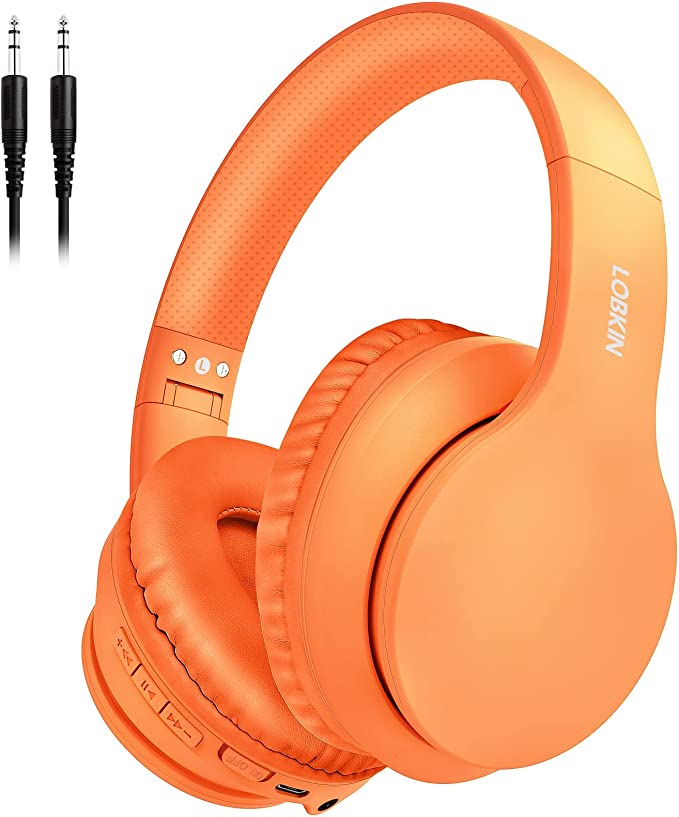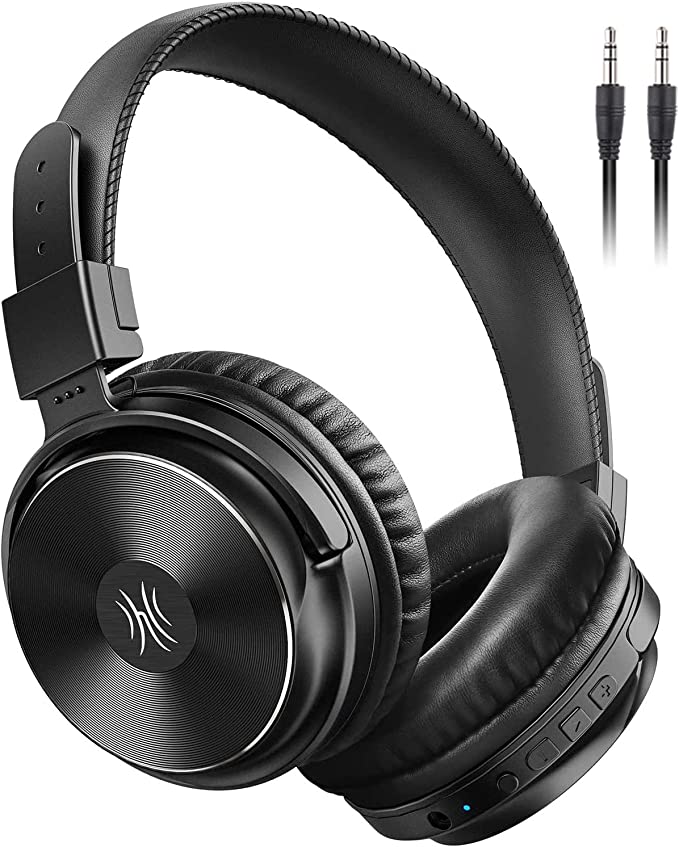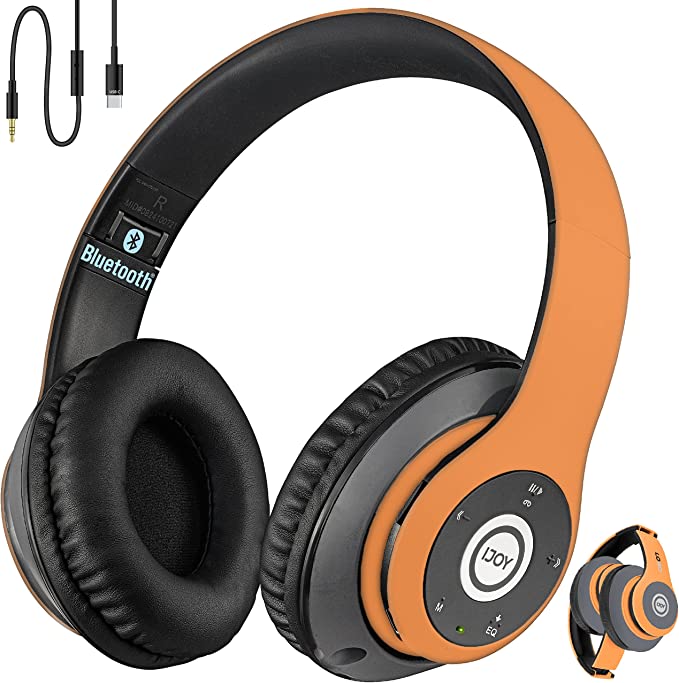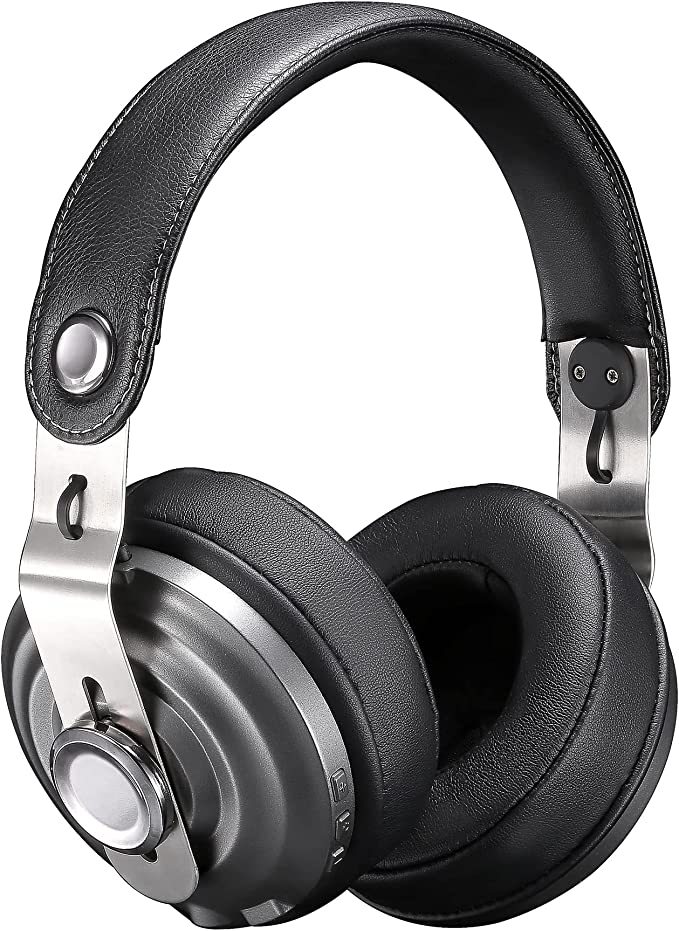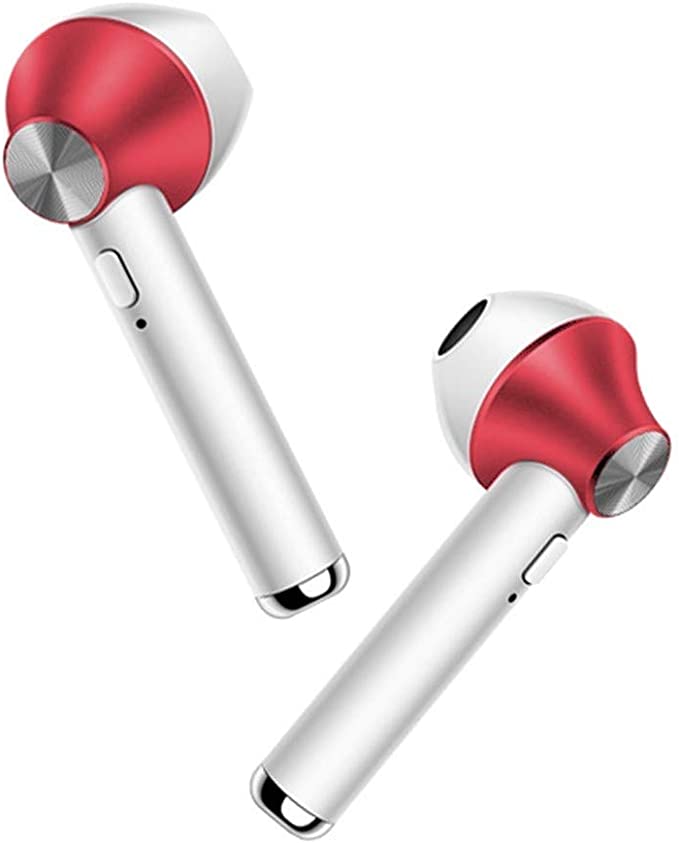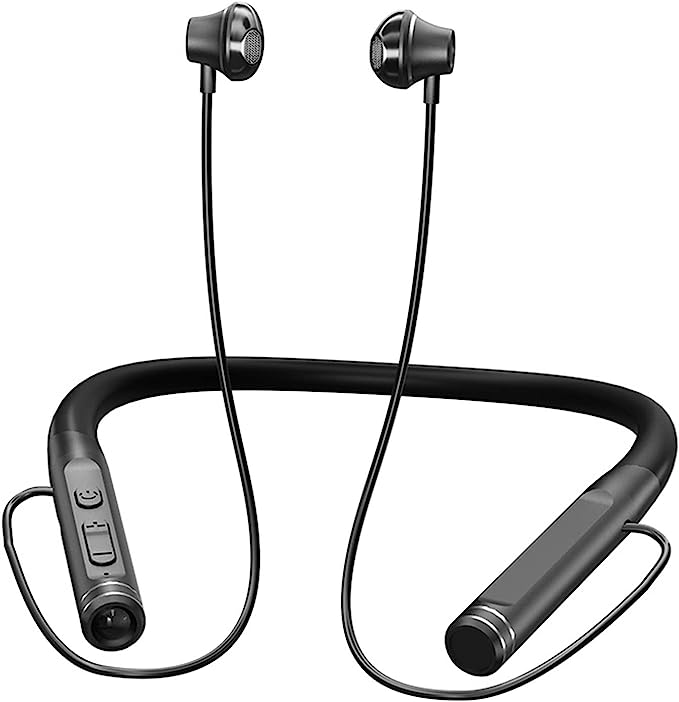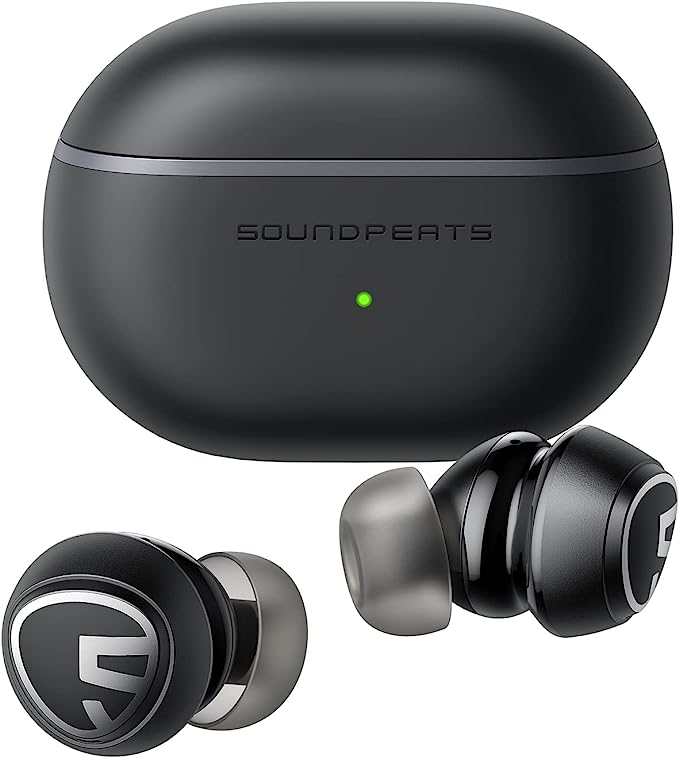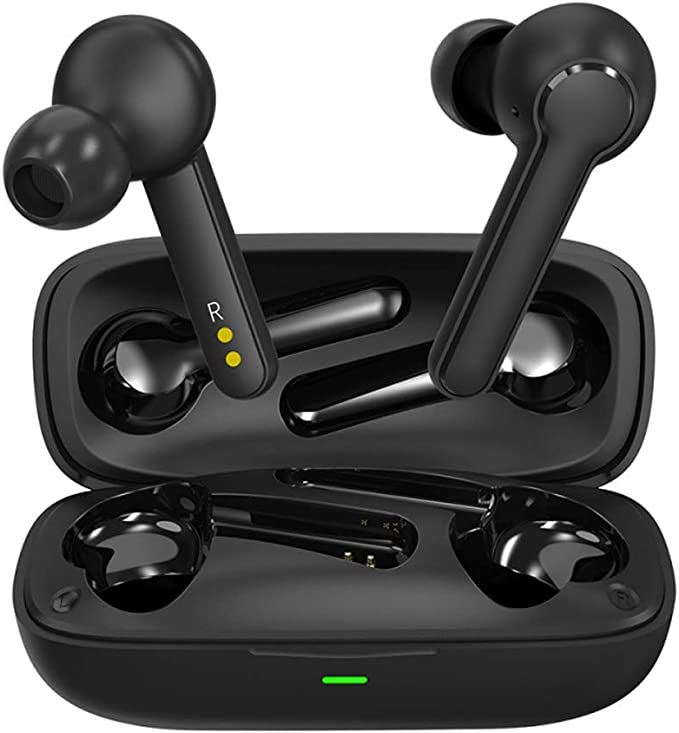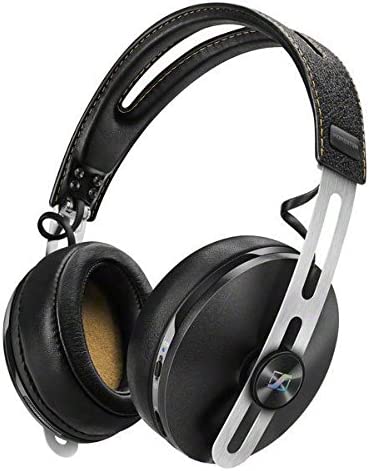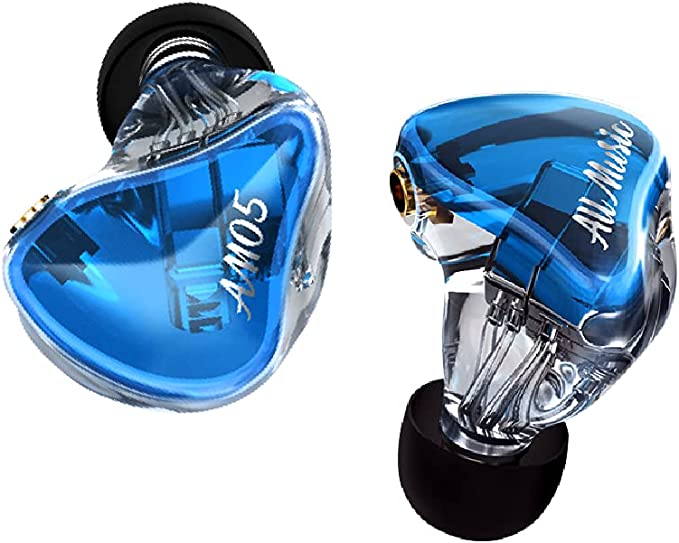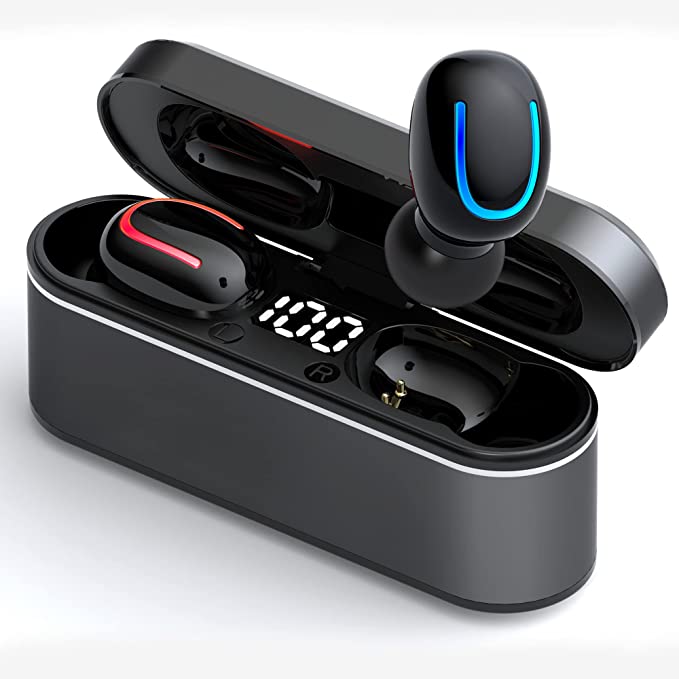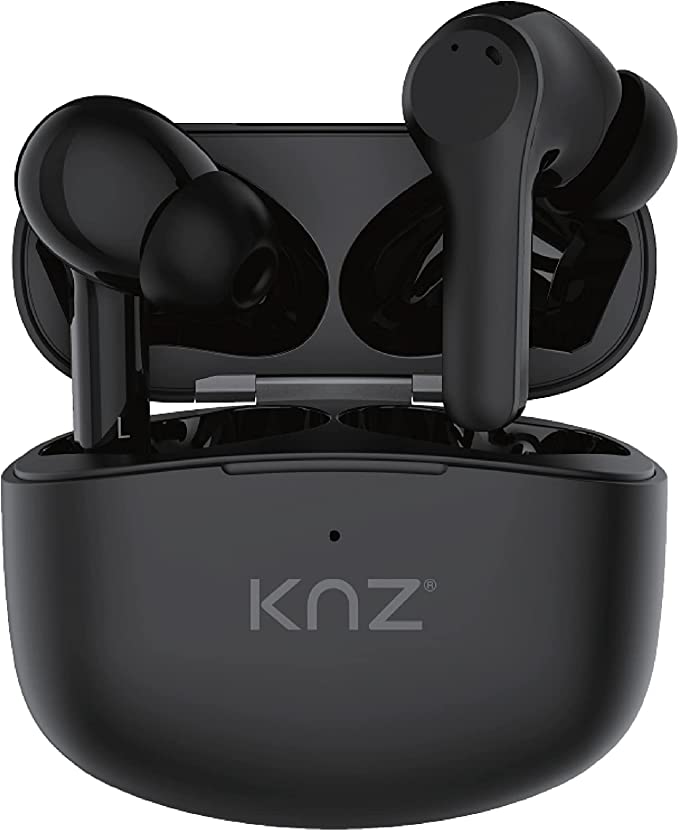The Silence Bargain: How Hybrid ANC Is Making High-Quality Noise Cancellation Affordable
Update on Nov. 14, 2025, 8:21 p.m.
In our increasingly noisy world, a personal bubble of silence has become the ultimate luxury. For years, the profound quiet offered by high-end Active Noise Cancellation (ANC) headphones from brands like Sony and Bose has come with a premium price tag, leaving many to wonder: can affordable ANC headphones actually deliver, or are they just a gimmick?
The answer is a resounding yes, and the reason isn’t magic—it’s a story of technological democratization. The game-changer is a specific type of technology, once reserved for the most expensive devices, that has now become accessible to everyone: Hybrid Active Noise Cancellation. Understanding this one key feature is the secret to finding incredible value in today’s headphone market.

The Three Levels of Silence: Not All ANC Is Created Equal
To appreciate the breakthrough of Hybrid ANC, you first need to understand that there are three distinct approaches to noise cancellation. The core principle for all is destructive interference: a microphone listens to outside noise, and a processor creates an inverse soundwave (“anti-noise”) to cancel it out. The difference lies in where the microphones are placed.
-
Feedforward ANC (Basic): This system places a microphone on the outside of the earcup. It’s like a sentinel on a castle wall, hearing the enemy (noise) approaching and preparing a defense. It’s effective at cancelling a narrow range of low-frequency sounds, like the drone of an airplane engine, but it can be less effective with unpredictable sounds and can’t correct its own errors.
-
Feedback ANC (Better): This system places a microphone on the inside of the earcup, right next to your ear. It’s like a guard inside the castle, listening for any noise that has breached the walls and neutralizing it. It can adapt to how the headphone fits on your head but can struggle with higher-frequency sounds.
-
Hybrid ANC (The Gold Standard): This is the most sophisticated approach. It uses both an external feedforward microphone and an internal feedback microphone. It’s like having sentinels on the walls and guards inside the castle. This dual system allows the headphone’s processor to hear the noise from the outside, create an initial anti-noise wave, and then use the internal microphone to listen for any residual noise and make real-time corrections. This allows it to suppress a much wider range of frequencies with far greater accuracy.
For years, the complexity and cost of implementing a dual-microphone hybrid system kept it firmly in the premium category. The revolutionary shift we’re seeing now is that this technology is appearing in highly affordable headphones, such as the RUNOLIM RUWH301AB-US3, allowing them to punch far above their weight class in noise-cancelling performance.

The Engineering of Endurance: Powering the Silence
Effective noise cancellation is power-hungry. The constant listening, analyzing, and generating of anti-noise signals puts a significant strain on a headphone’s battery. This is where another key engineering pillar comes into play: battery endurance.
A pair of headphones might offer great ANC, but if it only lasts for a few hours, its utility is severely limited. The true value proposition of a modern budget ANC headphone is not just the quiet, but the duration of that quiet. Devices engineered for endurance, like the RUNOLIM model which boasts an incredible 40 hours of playtime with ANC active, fundamentally change the user experience.
This marathon-like battery life, powered by a combination of a high-capacity Lithium-Ion battery and an efficient Bluetooth 5.3 chipset, reframes the benefit. It’s no longer about getting through a single flight; it’s about getting through an entire work week of commutes, open-office focus sessions, and evening relaxation without ever thinking about the charger. The inclusion of a backup 3.5mm audio cable provides an extra layer of assurance, ensuring that even if the battery eventually runs out, you’re never left in silence.

The Sound Within the Bubble: Audio Quality and Comfort
Once a bubble of silence has been created, the quality of the sound you choose to fill it with becomes critical. The RUNOLIM headphones utilize 40mm dynamic drivers, a generous size for an over-ear model that allows for the movement of more air. This typically translates to a richer, fuller sound with a more impactful bass response—a feature often referred to as “Bass Boost Technology.”
Moreover, comfort is paramount for long-term listening. The over-ear design, combined with soft protein leather and memory foam earcups, serves a dual purpose. It provides a comfortable fit for extended wear while also creating a physical seal that provides passive noise isolation. This physical barrier works in concert with the Hybrid ANC, blocking higher-frequency sounds and giving the electronic system a cleaner slate to work from, further enhancing the overall noise-cancelling effect.

Conclusion: The Democratization of Quiet
The arrival of affordable headphones with true Hybrid Active Noise Cancellation marks a significant milestone in personal audio. It signals that a powerful, focused listening experience is no longer a luxury reserved for those with a premium budget.
By understanding the science behind Hybrid ANC, you can cut through the marketing noise and identify the products that offer genuine technological value. When you see a device that combines this advanced noise-cancelling architecture with marathon-like battery life and thoughtful ergonomic design, you’re looking at more than just a pair of headphones. You’re looking at a well-engineered solution to a very modern problem—a silence bargain that was, until recently, simply unavailable.








